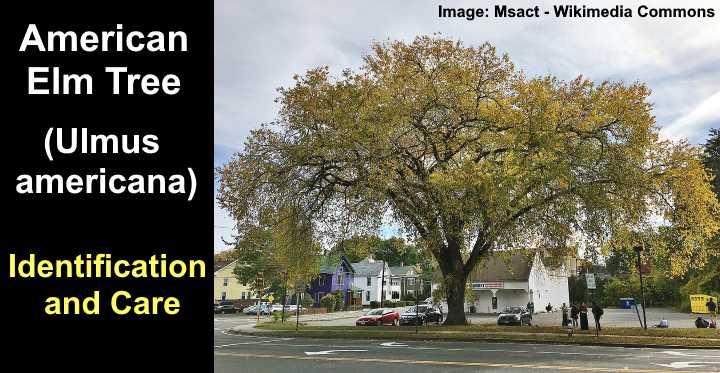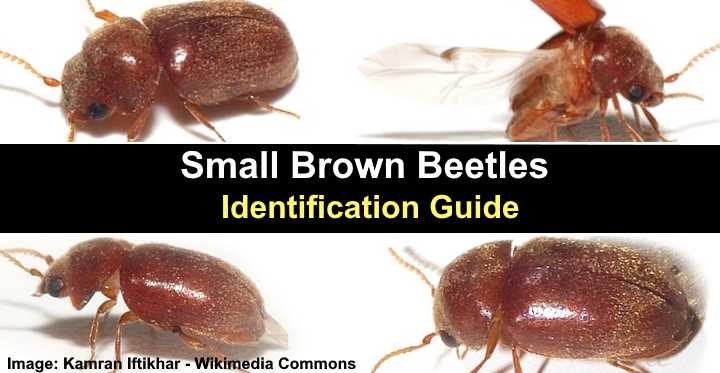Types of White Bugs (Including Tiny Bugs): Pictures and Identification

White bugs can be annoying pests in the home. You can often find the pesky bugs in kitchen cabinets, under bathroom sinks, or infesting your houseplants. The problem is that the crawling insects can be challenging to spot and identify. Tiny white bugs like grain mites, flour mites, and mold mites can be less than 0.026” (0.66 mm) long. Other white bugs like termites can do tremendous damage to wooden structures.
American Elm Tree: Leaves, Bark (Pictures) – Identification and Care
The Best Types of Grass For Florida Lawns (With Pictures) – Identification and Care Guide
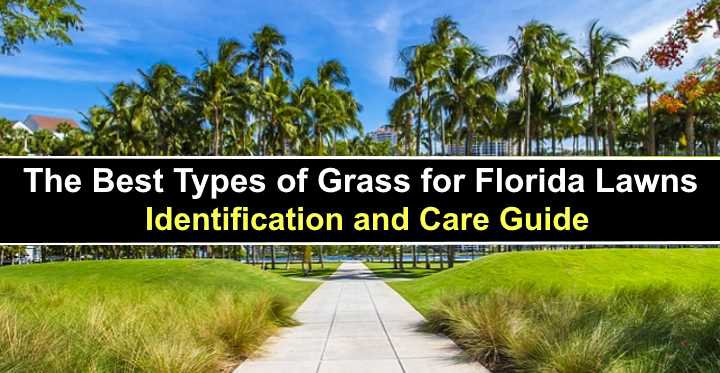
Choosing the right type of grass for your Florida lawn ensures that lush, green turfgrass thrives in your yard throughout the year. Different types of grass are suitable for the various growing zones in Florida. And with a constant supply of heat and humidity in the Sunshine State, finding the right grass for your lawn can be challenging.
40 Florida Shrubs (Flowering, Evergreen, Vines) With Pictures – Identification Guide
Loblolly Pine: Cones, Needles, Bark (With Pictures) – Identification and Care

The loblolly pine tree is a tall evergreen conifer with needle leaves, small yellow or purple flowers, and rusty-brown conical pine cones. Loblolly pine trees are native to the Southeastern United States, where they are one of the most common pine trees. The fast-growing pines are popular for planting as an evergreen screen in garden landscapes. In their native habitat, the attractive loblolly pine tree grows up to 115 ft. (35 m) tall and has a recognizable dense oval crown.
Small Brown Beetles (In the House and Outside) – With Pictures and Identification
Types of Pine Cones: Large, Small, Giant, and More (with Pictures) – Identification Guide
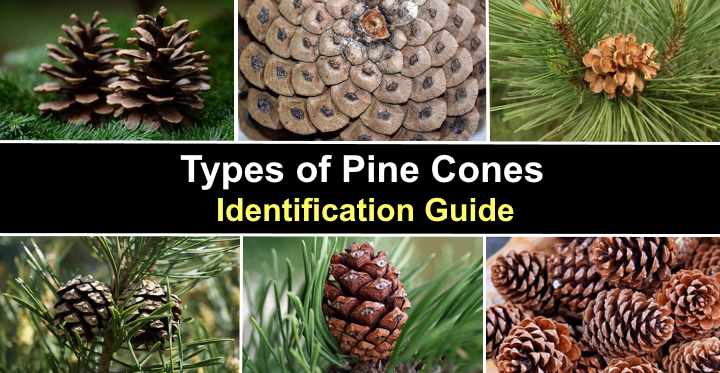
Pine cones come in all shapes, sizes and shades of brown. The conical or cylindrical woody cones help identify the species of pine trees. Most pine cones have an overall cone-like or egg shape. Some seed cones from pine trees are long and cylinder-like, whereas other pine cones are more egg-shaped with woody spiny scales. Some of the smallest pine cones are barrel-shaped with large scales. The largest pine cone — the coulter pine cone — is a huge ovoid scaly cone that weighs up to 11 lbs. (5 kg).
Pin Oak: Leaves, Bark, Fruit (Acorn): Pictures, Identification and Growing Guide
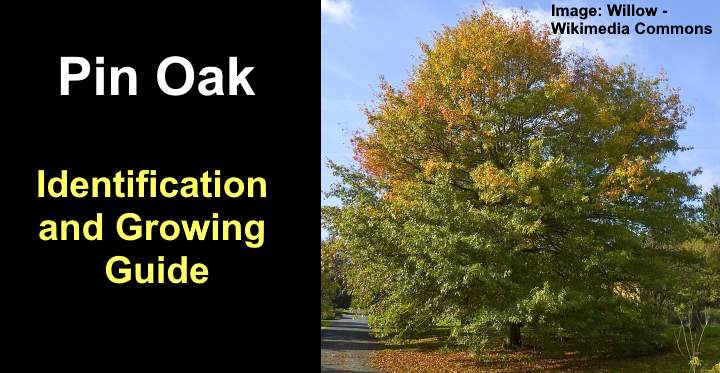
The pin oak tree (Quercus palustris) is a deciduous hardwood tree with bristle-tipped, deeply lobed green leaves, rounded dark brown acorns, and a dense, pyramidal crown that becomes rounded as the tree matures. Pin oak trees brighten up the fall landscape with their bright crimson red leaves that gradually turn coppery brown. In addition, pin oaks are identified by their distinctive branching in winter, which creates an attractive silhouette. Pin oaks are popular as street trees and shade trees in large residential parks or gardens.
Types of Red Bugs (Including Tiny Bugs) With Pictures and Identification

Tiny red bugs in the house can be annoying creatures because some bite and others leave a red stain if you squash them. The most common small bugs with red bodies are chiggers and red clover mites. These almost microscopic reddish-brown bugs can be hard to spot. Other red bugs you could find in your home are red spider mites, red scarlet beetles, or black and red boxelder bugs.
The Best Florida Shade Plants – Pictures and Identification Guide
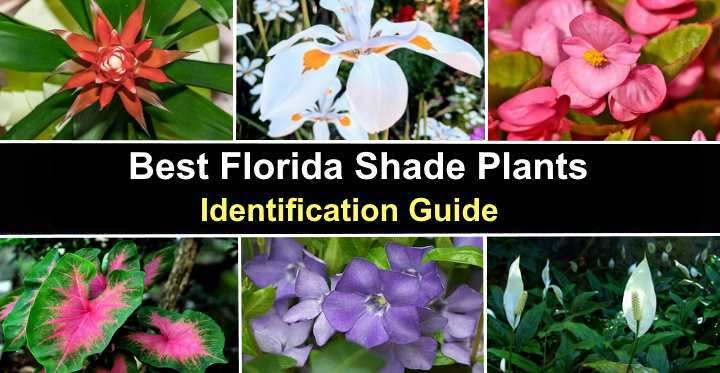
Knowing the best shade plants for Florida is vital for growing a beautiful garden landscape. Florida’s long, hot summer days and humid climate mean that many plants struggle in direct sunshine. Also, not all flowering ornamentals, perennials, bushes, shrubs, and ground cover plants thrive in shaded conditions. Therefore, finding the best Florida shade plants can help transform your front or backyard.

